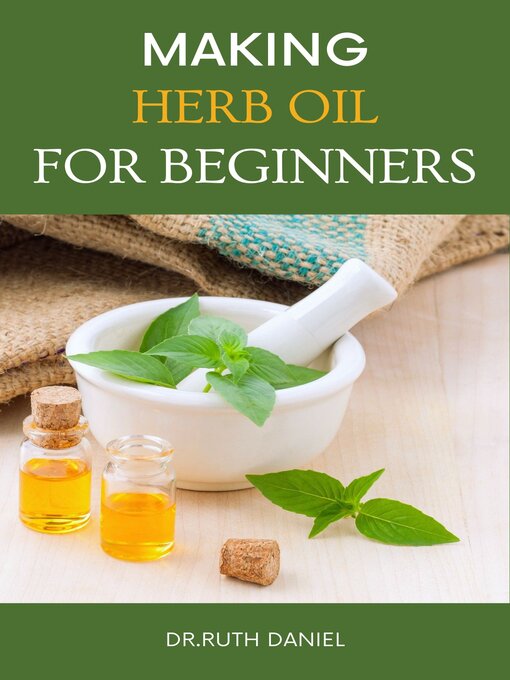Herbs are renowned for their ability to soothe rashes, bug bites, minor cuts and other common skin irritations. If you've got an herb garden at home or access to herbs at your local market, why not try making herb-infused oils to add to your family's medicine chest?
The world of herbalism is intriguing, vast . . . and sometimes intimidating! Projects like creating tinctures using the percolation method, or making your own mead, can seem daunting for those new to the botanical arts. That's why when we're trying to help a friend get started in herbs without overwhelming them, we often recommend one of our favorite herbalism projects for beginners: making herb-infused oils.
Simply infusing a carrier oil with herbs will transform it into a versatile ingredient. There are several ways to infuse oils, but our favorite is the "folk" or "simplers" method, which relies on the sun to naturally infuse oil with herbal properties. We have also a quick method if you're short on time, as well as an alcohol intermediary method for creating very shelf-stable oil infusions perfect for salves and other body care formulations!
Many different organic carrier oils may be used, however fractionated (MCT) coconut oil and olive oil are popular and wise choices because they have long shelf lives and are suitable for many applications. Herbal oils can be used to create marinades, massage oils, salves, lip balms, facial serums, hair treatments, body creams, soaps, and more!
OIL INFUSING BASICS:
While most herbs can be infused either dried or fresh (with proper preparation), some lend themselves better to one form than the other. A famous example is St. John's wort, which is widely believed to require fresh material to create an effective herbal oil.
Herbal oils can turn rancid or grow mold, especially if the carrier oil used is not very shelf stable (such as rosehip seed oil) or if fresh herbs are used. Infused oils that exhibit any change in color, scent, clarity, or taste should be discarded for safety. Using the alcohol intermediary infusion method or adding a preservative like vitamin E can help keep oils stable longer, but it will also make them unsuitable for eating.
Herbs with natural dyes may be infused in oil for use in adding color to soaps and other body care formulations.
You may want to wear gloves when it comes time to strain a finished herbal oil through a cheesecloth-lined strainer and to squeeze out any oil remaining in the herbs. While you can use your bare hands, working with oils is a messy process, and certain herbs, like turmeric, may temporarily stain your hands and jewelry.
Often, the oil will not wash out of cheesecloth or muslin, so make sure you strain with something you're not going to reuse.
Even after straining, fine herb sediment can make oil a bit gritty—if this bothers you, strain again through a coffee filter. This is a slow-drip process and may require more than one coffee filter to strain all the oil.
You can blend herbs together for synergistic infusions. For example, hops flowers, lavender flowers, and chamomile flowers infused together in jojoba oil make a wonderful relaxing blend for use with massage. Mix and match to suit your needs!
READY TO DISCOVER MORE?
GRAB A COPY TODAY
